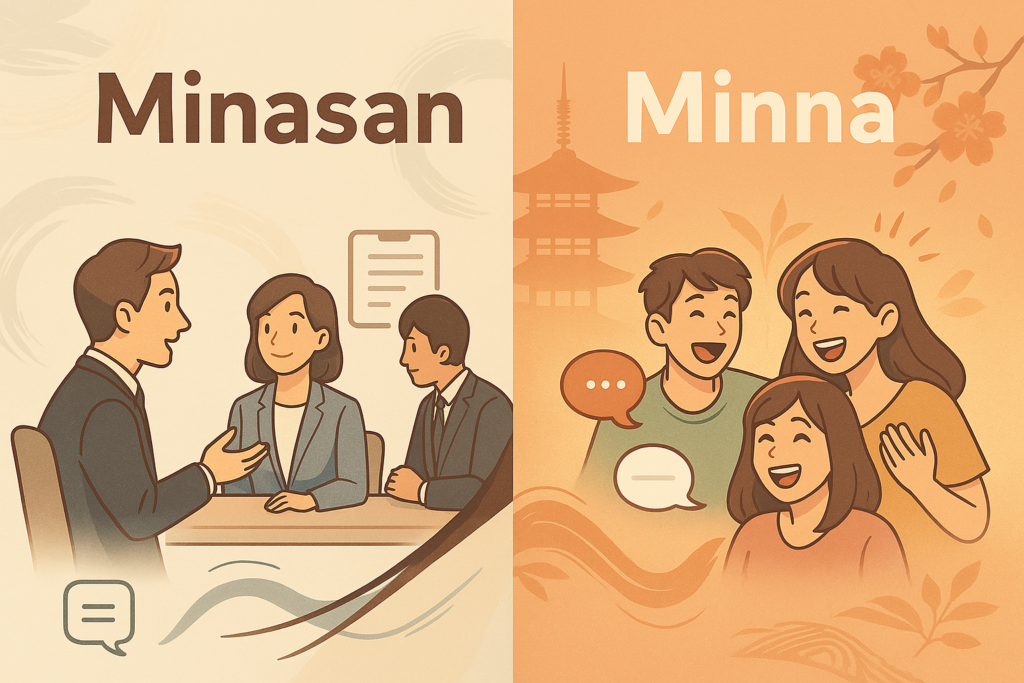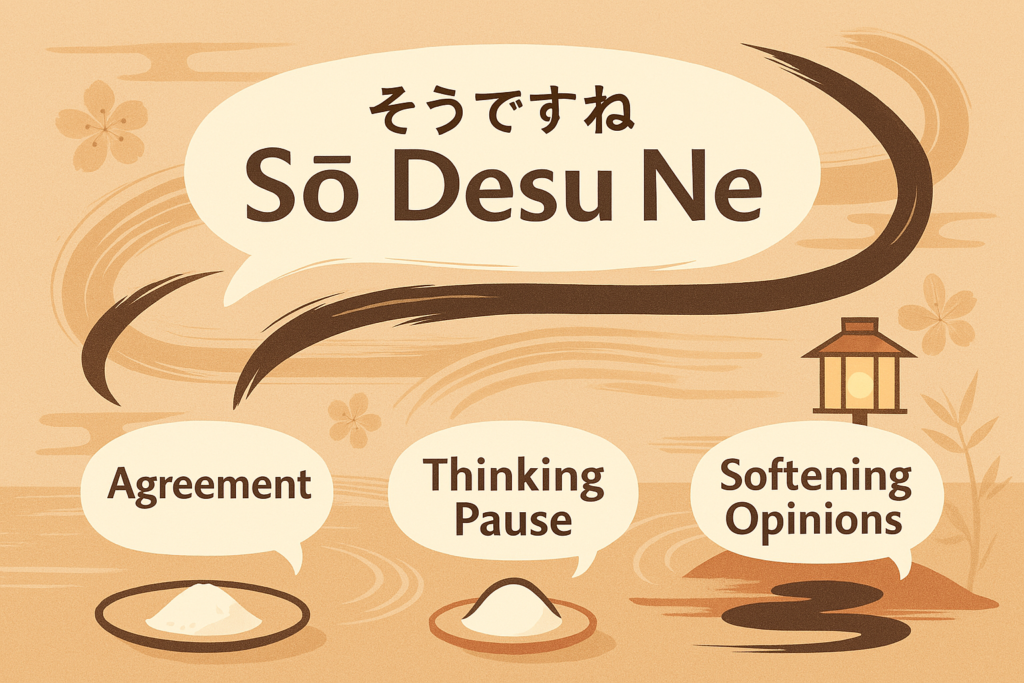Wakaru Meaning Explained: How to Use It Correctly
Have you ever been watching anime or speaking with Japanese friends when you heard the word “wakaru” and wondered what it truly means? Understanding the wakaru meaning in Japanese is essential for anyone looking to progress beyond basic conversations. This seemingly simple verb holds nuances that can transform your comprehension and expression in Japanese. What […]
Wakaru Meaning Explained: How to Use It Correctly Read More »




















